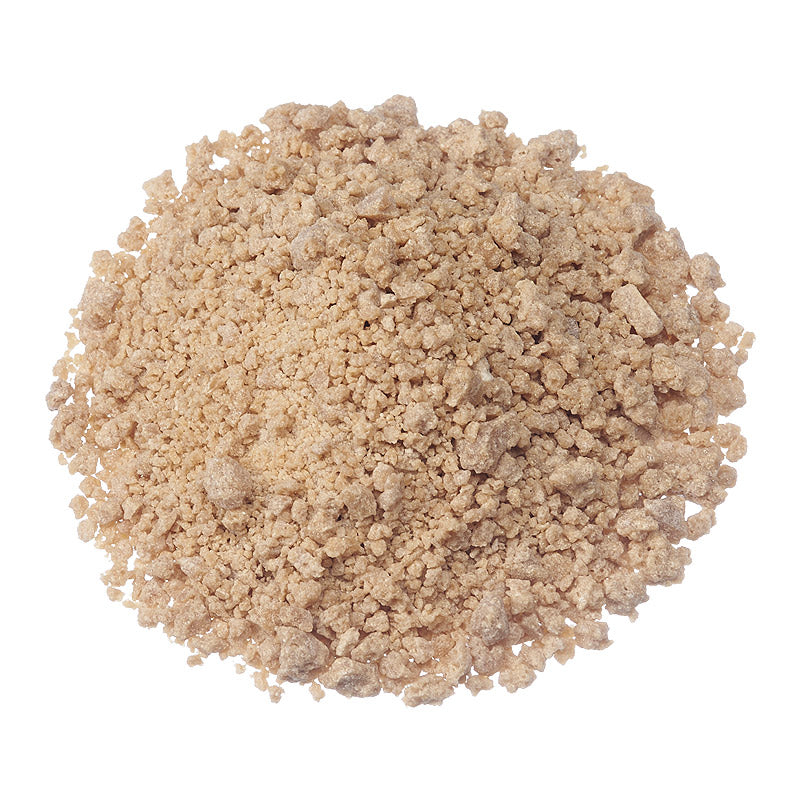Soybean meal is one of the major protein sources for feed and is typically traded on the basis of protein content. Depending upon the processing at crushing plant, removal of the hulls will increase the protein content; therefore, dehulled soybean meal should have higher protein content than non-dehulled soybean meal. It is, therefore, necessary to measure the fiber content in soybean meal to differentiate between dehulled and non-dehulled. Dehulled soybean meal normally contains maximum 3.5% crude fiber, while non-dehulled soybean meal contains more than 6% fiber and may reach 7%. Less fiber and ash translate to not only higher protein but also higher energy, lysine, methionine, and other amino acids.
Higher “protein” can also result from the addition of nonprotein nitrogen such as urea, ammonium compounds, or even melamine as most “protein” analysis is really measuring N content. Therefore, it is necessary to test the level of nonprotein nitrogen if soybean meal is suspected to be adulterated. Urea is commonly used to increase “protein” level in an ingredient, and a urea test can be performed using urease solution and an indicator; a detailed method to detect urea can be found in Khajarern and Khajarern (1999).
Soybean meal should have undergone heat treatment to inactivate anti nutritional factors such as trypsin inhibitor and lectin. Proper heat treatment is critical to achieve optimum quality of soybean meal; under cooked soybean meal will still have antinutritive factors, while overcooked soybean meal will result in damaged amino acids, particularly lysine, resulting in reduced biological availability. Evaluation can be performed by measurement of urease activity, but this method is laborious and requires considerable time. Another quick test for soybean meal is a unease activity test, which uses urea phenol red solution that produces a red color when soybean meal is under cooked (the amount of red color indicates the degree of under cooking). However, when there is no red color at all, it is possible that soybean meal has been overcooked, and this can be evaluated by the percentage of protein soliloquized in 0.2% KOH solution.


